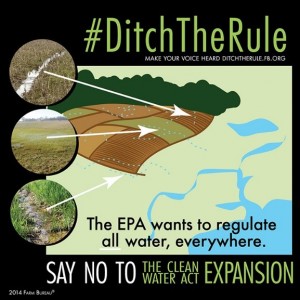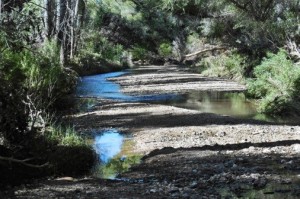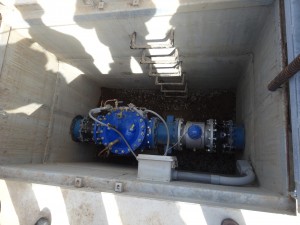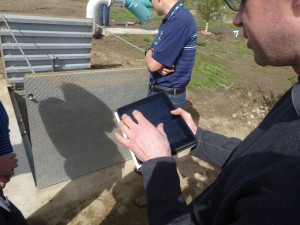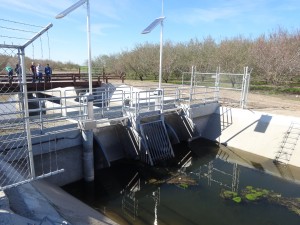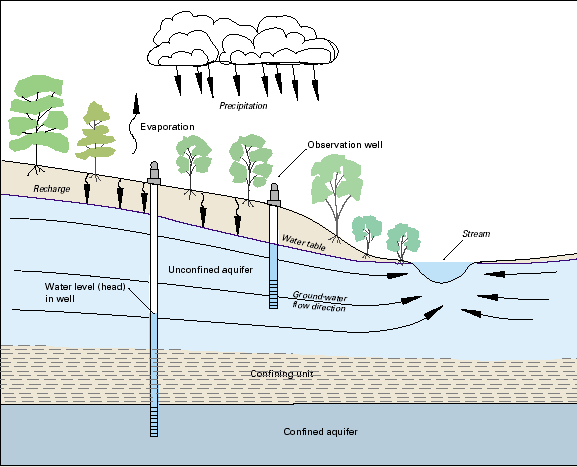On December 11, 2013, the Oregon Court of Appeals issued a ruling interpreting the amended ORS 537.230(2) conditions. ORS 537.230(2) prescribes conditions for the Oregon Water Resources Department (“the Department”) to grant municipal permit extensions to complete construction and apply water to beneficial use in order to perfect water use rights. In this case, the City of Cottage Grove (“the City”) sought an extension, but then completed construction and application of water to beneficial use before the extension was granted. Based upon the language of the statute, the Department issued the extension without the ORS 537.230(2) conditions, and WaterWatch sought judicial review. The Oregon Court of Appeals reversed and remanded the Department’s final order.
In 2005, ORS 537.230(2) was amended by the passage of HB 3038 to allow municipal permittees to have up to 20 years to commence and complete construction of proposed water use infrastructure and apply water to beneficial use (as opposed to the previous 5-year deadline), so long as certain conditions are imposed. ORS 537.230(2) currently provides:
(2) The holder of a permit for municipal use shall commence and complete the construction of any proposed works within 20 years from the date on which a permit for municipal use is issued under ORS 537.211. The construction must proceed with reasonable diligence and be completed within the time specified in the permit, not to exceed 20 years. However, the department may order and allow an extension of time to complete construction or to perfect a water right beyond the time specified in the permit under the following conditions:
(a) The holder shows good cause. In determining the extension, the department shall give due weight to the considerations described under ORS 539.010 (5) and to whether other governmental requirements relating to the project have significantly delayed completion of construction or perfection of the right;
(b) The extension of time is conditioned to provide that the holder may divert water beyond the maximum rate diverted for beneficial use before the extension only upon approval by the department of a water management and conservation plan; and
(c) For the first extension issued after June 29, 2005, for a permit for municipal use issued before November 2, 1998, the department finds that the undeveloped portion of the permit is conditioned to maintain, in the portions of waterways affected by water use under the permit, the persistence of fish species listed as sensitive, threatened or endangered under state or federal law. The department shall base its finding on existing data and upon the advice of the State Department of Fish and Wildlife. An existing fish protection agreement between the permit holder and a state or federal agency that includes conditions to maintain the persistence of any listed fish species in the affected portion of the waterway is conclusive for purposes of the finding.
In the Cottage Grove Case, 2013 WL 6498547, 2013 Ore. App. LEXIS 1463 (December 11, 2013), the ORS 537.230(2)(b) and (c) conditions were tested. The City of Cottage Grove was issued a permit in 1977 with deadlines to complete construction in 1979 and apply water to beneficial use in 1980. The City was granted a number of extensions, ending in 1999.
In 2007, the City enlarged its water treatment plant and applied to the Department for an extension of time to perfect its water use right. Prior to being granted an extension, the City applied the full amount of water allowed under its permit to beneficial use. The Department thereafter approved the City’s extension, but without the ORS 537.230(2)(b) and (c) conditions because the Department determined that there was no undeveloped portion of the permit at the time of the most current extension. WaterWatch sought judicial review of the Department’s order approving the extension in the Oregon Court of Appeals. The Department thereafter issued a water right certificate to the City.
First, the Oregon Court of Appeals determined that WaterWatch’s action was no rendered moot by the issuance of a water right certificate. Although water right certificates may only be cancelled for certain statutory reasons (ORS 537.250(3)), and are generally “conclusive evidence of the priority and extent of the appropriation therein described” (ORS 537.270), the Court determined that the validity of the certificate was predicated upon the validity of the final order approving the extension application as a necessary prerequisite to the certificate. Therefore, if the final order approving the extension was reversed, the certificate could be cancelled as well.
Second, the Oregon Court of Appeals conducted statutory interpretation to determine whether the “undeveloped portion of the permit” should be measured at the time the extension application is considered by the Department (as argued by the Department and City), or whether it should be measured at the permit deadlines or previous extension deadlines (as argued by WaterWatch). The Court outlined the legislative history leading to the ORS 537.230 amendment, and concluded that the statutory amendment represented a compromise between environmental interests and municipal needs to engage in staged water development.
The Court ruled for WaterWatch, holding that the undeveloped portion of the permit before extension must be measured at the time specified in the permit or last extension. Otherwise, municipalities could avoid the ORS 537.230(2) conditions by developing additional amounts of water before applying for extensions. The Oregon Court of Appeals ruled that the Department’s failure to condition the permit extension on ORS 537.230(2)(b) and (c) was inconsistent with the statute. The Court reversed and remanded the Final Order for the Department to vacate the water right certificate and reconsider the permit extension in line with the Court’s decision.
The Cottage Grove Case is the first in a number of municipal extension judicial review cases. The statutory interpretation will affect numerous municipal entities throughout the State of Oregon, and require municipalities to implement water conservation management plans and protect the persistence of certain fish species when conducting staged water development that requires extensions of time. This will make staged development of water resources for municipal uses more challenging. It is currently unknown whether the Department or the City will seek review before the Oregon Supreme Court.
For a full version of this article, visit the Oregon State Bar Environmental & Natural Resources Section webpage, at: http://osbenviro.homestead.com/.
Stay tuned to Schroeder Law Offices Water Law Blog for more water news that could affect you!
